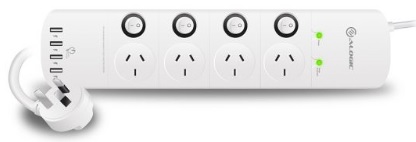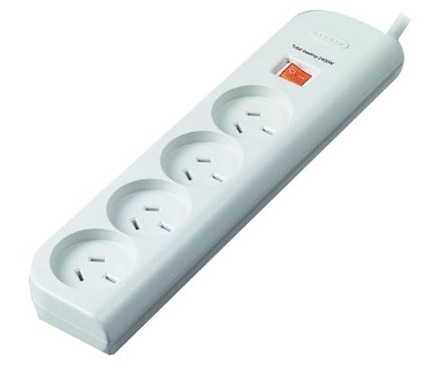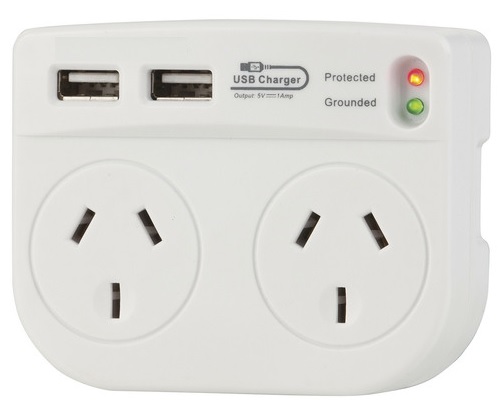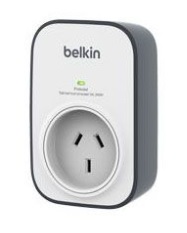
|

|

|
|---|

|

|

|
|---|
A surge is a transient electrical fluctuation that occurs in a fraction of a second and can cause serious damage to electronic equipment. A surge causes an increase of at least ten percent in current and voltage that typically lasts for a few microseconds. Although the duration of a surge is very short, the amount of electrical energy associated with it can be significant.
The standard types of surges we experience on a regular basis are surges that are passed through the power system or the wired telecommunications systems. Power surges occur when the flow of electricity is interrupted, i.e. stops then starts again, or when electricity flows back into the system e.g. refections at the end of a transmission line. Power surges, from equipment in the house happen regularly, usually when devices with motors or with significant starting current, start up and/or shut down. This sudden starting current diverts electricity to and from other appliances on the mains circuit.
Power surges that are external the home can be caused by a tree limb touching a power line and diverting current to ground or by lightning striking distance utility equipment or transformer short. Surges can also occur when the power comes back on after an outage.
To prevent power surges within the home...
The largest and most destructive surge, in these days of RCDs being standard in the electricity meter box, is lightning. A direct “LIGHTNING” strike occurs when lightning directly hits a structure or a cable attached to a structure. A number of techniques including earthing systems, air terminals and down conductors are used to protect structures against direct strikes. A lighting protection system provides a means by which this discharge may enter or leave earth without passing through and damaging non-conducting parts of a structure, such as those made of wood, brick, tile or concrete.
A "point-of-use" surge protection device, like a surge protector power board or a surge protector power plug, guards individual devices from lower-level internal power fluctuations. The characteristics of a good surge protector power board or plug are an on/off switch for each outlet allowing you to shut off power to every component; an indicator light or audible alarm so you know a high-level surge has occurred and an as low a clamping voltage, as high a energy absorption and as quick a response time as possible which ensures the equipment is protected against as many low level types of surges as possible. A warranty against damage to any connected equipment is a great optional extra.
ACSonline offers a range of surge protection devices to suit computer equipment for individuals & small business. We sell protection products that have been carefully selected for quality & reliability.
The types of surge protection products we sell are power boards and power plugs as well as phone line surge protection.
We sell only by phone or email order with payment only by direct deposit or credit card over the phone (moto).
Protection - Surge Protector PowerBoards |
|
|---|---|
 |
|
 |
|
Protection - Surge Protector PowerPlugs |
|
 |
|
 |
|